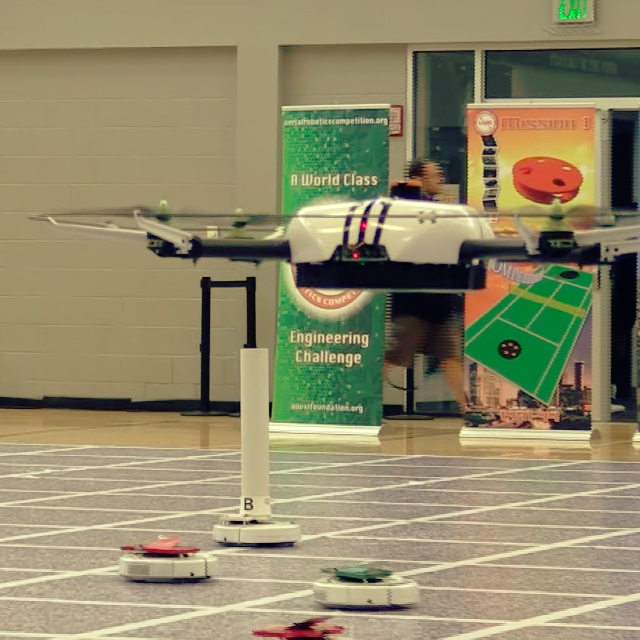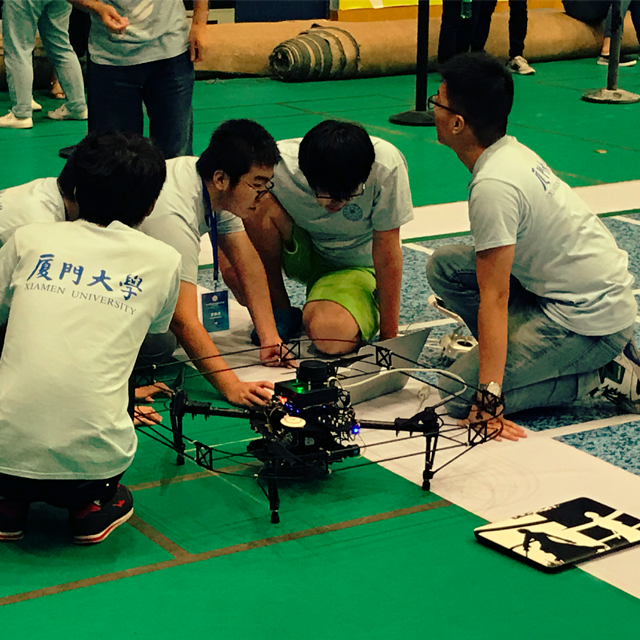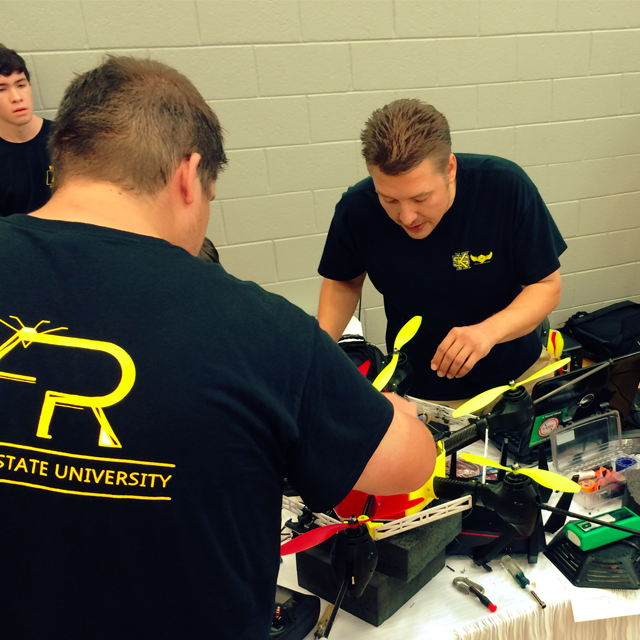The World's Premier
and longest running
and longest running
Venue is the UAS & Counter-UAS Center of Excellence Test Range
(about 20 minutes West of downtown Huntsville, Alabama, USA)
August 27 - August 28 (Rain Day August 29), 2025
 Mission 9 Winner
Mission 9 Winner


The Association for Unmanned Vehicle Systems International Foundation's International Aerial Robotics Competition is the longest running collegiate aerial robotics challenge in the world, having celebrated its quarter century anniversary in 2016. The primary purpose of the IARC is to move the state-of-the-art in aerial robotics forward through the creation of significant and useful mission challenges that are considered 'impossible' at the time that they are proposed.
With a long history of pushing the cutting-edge in aerial robotic behavior, the International Aerial Robotics Competition continues to challenge the best engineering students from around the world to develop the next generation of aerial robots. The IARC is not a "spectator sport," but rather a "technology sport." Numerous teams have demonstrated systems that have been of interest to industry and government, leading to sponsorship and contract opportunities.
Moreover, competitors have leveraged their competition contacts and experience to get jobs in the UAS industry or in government. The competition has always encouraged a collaborative atmosphere where teams compete against the mission and not against one another. See the video below for more information about the recently completed mission of the competition: Mission 9.
What was
Our IARC Mission 9